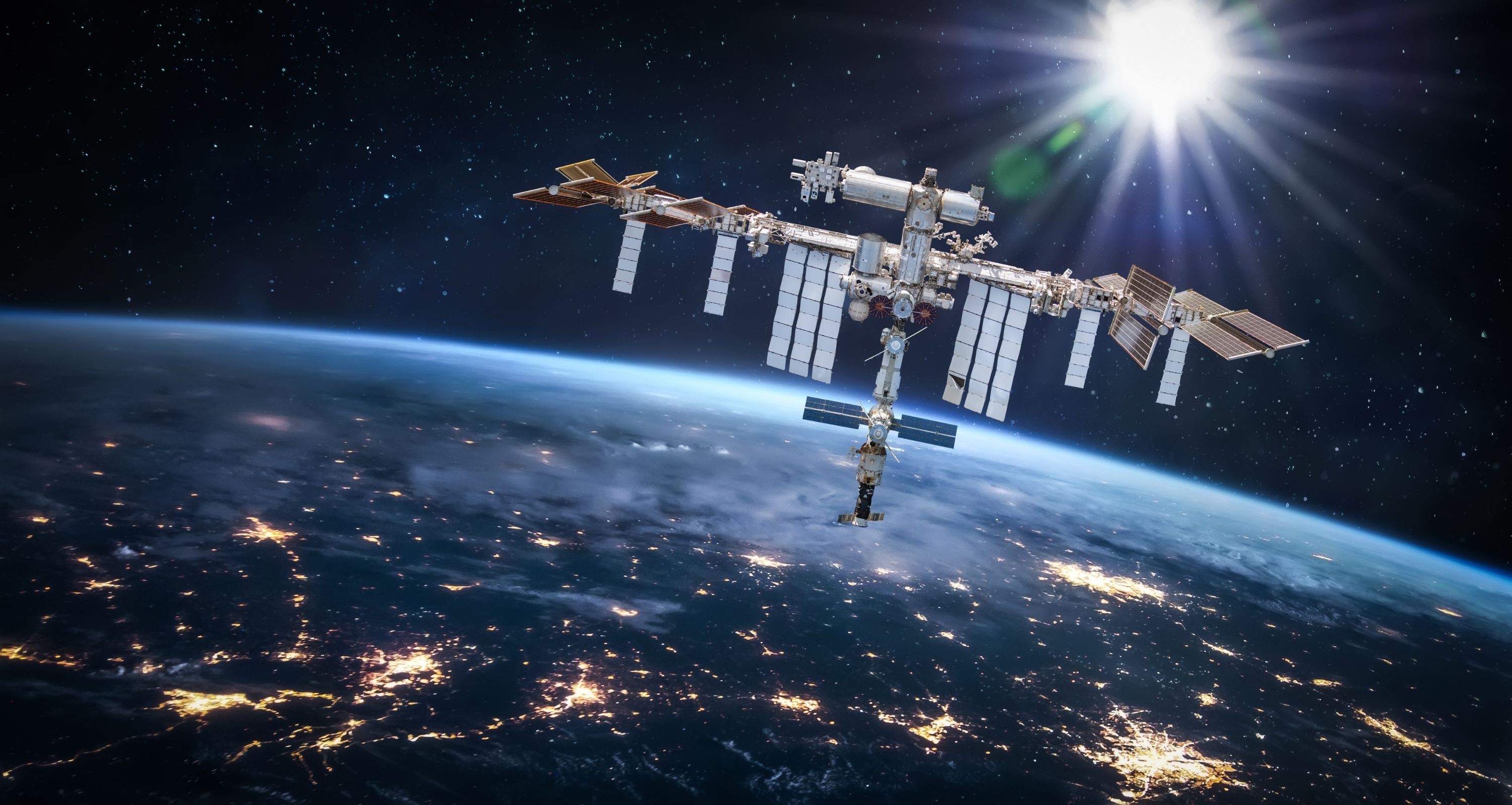
Mercury Systems Takes AI/ML EW Systems to Orbit
Vincent Pribble
October 28, 2025
Artificial Intelligence (AI) and Machine Learning (ML) have moved far beyond research labs and cloud servers. They’re now being deployed at the edge in some of the harshest environments imaginable.
From orbiting satellites to deep space probes, missions increasingly rely on real-time, secure, and accelerated AI/ML processing to analyze data, detect anomalies, and support decision making without depending on distant ground stations.
This shift is transforming and redefining how electronic warfare (EW) systems are deployed in space. From jamming detection and spectrum awareness to autonomous threat response, AI-enabled EW systems are becoming essential components of modern space-based defense operations.
To meet these demands, the aerospace and defense sector is turning to advances in space-qualified hardware, including specialized processors such as Graphic Processing Units (GPUs), Neural Processing Units (NPUs), and cyber resilient software.
They are also adopting Modular Open Systems Architectures (MOSA) standards, which allow customers to rapidly integrate new AI/ML capabilities, swap components without redesign, and future-proof systems for evolving mission needs.
Mercury specifically focuses on SpaceVPX for modular space electronics, SOSA™ for sensor and processing interoperability, and OpenVPX™ for rugged embedded computing.
These space technologies are enabling AI-driven decisions support at the edge, where reliability, security, and performance are essential for national defense and commercial space operations.

Turning Space Data into Real-Time Action
Space-based platforms are generating more data than ever, from Earth observation and ISR, to autonomous navigation and threat detection.
But transmitting raw data back to Earth for processing is costly, slow, and vulnerable to disruption, especially in denied or contested environments.
Enter AI/ML at the edge: by processing data onboard, satellites and spacecraft can make decisions in real time, reduce latency, conserve bandwidth, and operate autonomously. This is especially critical for:
- LEO constellations performing dynamic tasking and threat monitoring.
- GEO platforms managing complex sensor fusion and electronic signal analysis.
- Deep space missions requiring autonomous fault detection and resilience.
- Defense and EW system payloads executing time-sensitive targeting, signal intelligence (SIGINT), and countermeasure deployment.
GPU/NPU Acceleration: Powering Intelligence in Orbit
Modern AI workloads such as convolutional neural networks (CNNs), transformer models, and real-time inference require massive parallel processing. To meet these requirements in space, developers are increasingly turning to edge-optimized hardware:
- Radiation-tolerant GPUs for high-throughput AI/ML and signal analysis.
- Low-power NPUs optimized for autonomous inference and EW decision-making.
- Heterogeneous compute architectures combining CPU, GPU, and FPGA resources.
These space technologies can classify images and signals for Earth observation and ISR and SIGINT, detect and localize electronic threats or jamming sources, fuse data from multiple sensors for improved situation awareness, and navigate autonomously in deep space where communication is denied or degraded.
Due to the extreme conditions in orbit, these systems must be engineered for radiation resilience, thermal management, and fault tolerance to ensure effective EW system operations.
Mercury’s Space-Qualified AI Platforms
As space missions push deeper and become more data-intensive, onboard intelligence has become critical. Systems like the SCFE6933 SpaceVPX board, built on AMD Versal™ AI Core adaptive SoCs for ML interference, beamforming, and SDR demonstrate how radiation tolerant, MOSA/SOSA-aligned systems can handle AI/ML workloads, sensor fusion, and mission processing in space.
These platforms help spacecraft adapt faster, respond smarter, and operate with greater independence across LEO, GEO, and deep space.
Mercury’s Space Processing in Action
Mercury’s AI/ML and EW capabilities are making an impact on critical space programs today and have broad applicability for emerging commercial and national security space mission needs. In LEO, intelligence, surveillance, and reconnaissance (ISR) satellites require onboard image recognition to rapidly identify and classify objects.
At GEO, weather platforms must analyze massive streams of sensor data to improve forecasting in real time.
Deep space probes must rely on machine learning for autonomous fault detection and recovery, enabling them to operate independently when human intervention isn’t possible. And defense technology payloads can leverage AI to execute autonomous targeting and threat classification.
All of these systems must be built to withstand radiation and thermal extremes in the most remote and unforgiving of environments.
To learn more about how Mercury Systems’ space-qualified AI and EW system solutions can enhance your defense capabilities, contact our team of specialists today.








 Three reasons to optimize the edge with distributed disaggregation
Three reasons to optimize the edge with distributed disaggregation